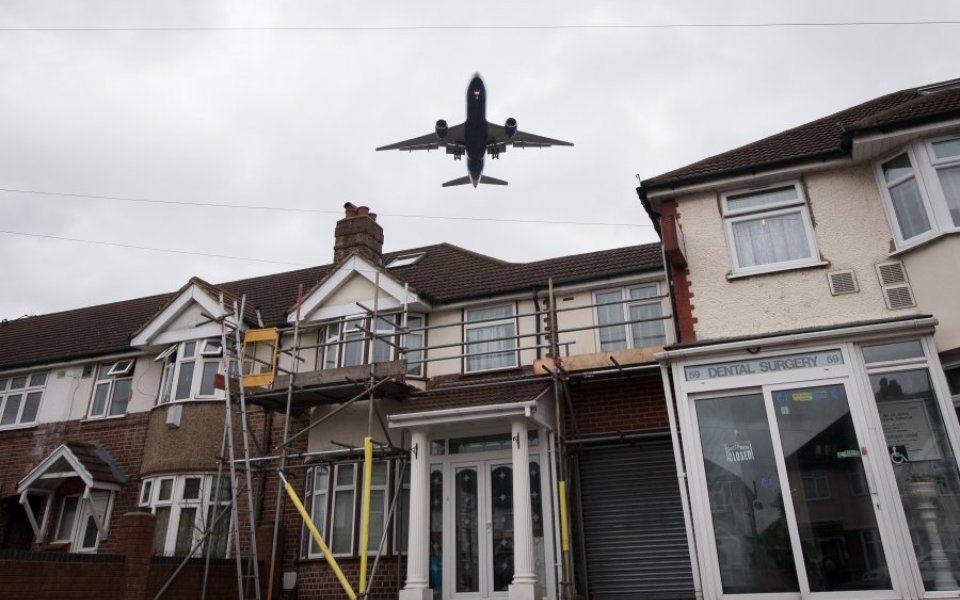London house prices: Crossrail has made Hounslow Emoov’s top tip for first-time buyers who don’t want to break the bank – but would like a healthy return

The UK property seesaw consists of two influential factors, with house prices at one end and the demand for said housing at the other.
The changing face of the London property landscape means there is a tussle between boroughs, as the once desirable become unaffordable, and the not so desirable become the new hotspots – Brixton, for example.
The gentrification of London’s boroughs is a hotly debated topic but whether you like it or not, as demand for an area grows, so does the cost of living there and the regeneration of the area.
Dalston in the borough of Hackney is now one of the hippest places in East London, but it never used to be. As nearby Islington grew in popularity as a ‘posh part of London’ and became increasingly unaffordable, the surrounding areas gained a new found popularity.
Can’t afford Islington? Well Dalston isn’t great but it is nearby and the property is considerably cheaper. However before you know it, demand in Dalston is outstripping supply and the average house price has now exceeded £600,000.
This sort of impact can also be brought around by infrastructural improvements in a city where everyone just wants an easy, quick commute to work. Our latest National Hotspots Index, monitoring demand across the UK, found that the London Borough of Hounslow has seen the biggest increase in demand across London during 2015 and the largest across the UK during the fourth quarter.
With an average house price marginally lower than the London average of £500,000, it’s certainly not the cheapest part of London, but it’s certainly not the most expensive either.
It’s also not the most desirable where reputation is concerned, however at present, it seems to be the one area of the capital where demand isn’t already through the roof, but it certainly looks like it could be heading that way.
This is almost definitely due to a ripple effect from the nearby Crossrail development and the regeneration of the area that Crossrail will bring with it.
At present it may be a choice for those after cheaper property and great transport link nearby, but at the rate the London market moves, I believe it could soon be the latest hip hotspot for London’s young professionals and aspiring homebuyers.
In fact, it would be my top tip for those looking to buy in London in 2016 if you don’t want to break the bank, but wouldn’t mind a potential return in the coming years.